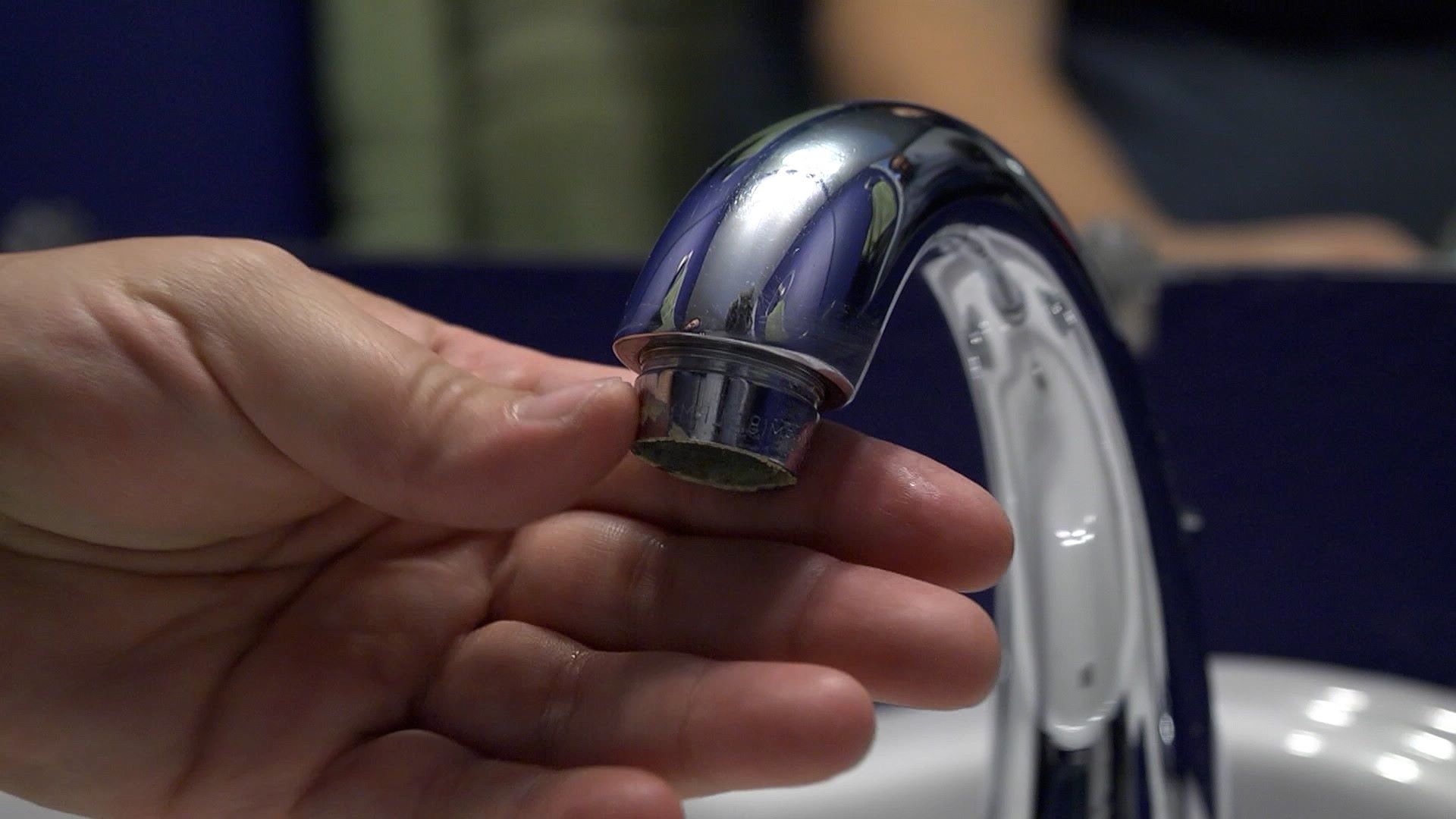
What are tap aerators, and why should you care about them? Tap aerators are small devices attached to the end of faucets. They mix air with water, creating a steady, splash-free stream. Why should you care? They save water, reduce energy costs, and improve water pressure. Imagine cutting your water bill without sacrificing comfort. Aerators also help the environment by conserving water. They’re easy to install and maintain, making them a simple yet effective upgrade for any home. Want to save money and help the planet? Tap aerators might be the answer. Let's dive into 27 facts about these nifty gadgets!
What Are Tap Aerators?
Tap aerators are small devices attached to the end of faucets. They mix air with water, creating a steady, splash-free stream. These nifty gadgets offer several benefits, from water conservation to improved water pressure.
-
Water Conservation: Tap aerators can reduce water usage by up to 50%, making them eco-friendly and cost-effective.
-
Improved Water Pressure: By mixing air with water, aerators maintain strong water pressure while using less water.
-
Reduced Splashing: Aerators create a smooth, even flow, minimizing splashing and making tasks like washing hands or dishes easier.
-
Cost Savings: Lower water usage translates to reduced water bills, saving money over time.
-
Easy Installation: Most aerators can be installed without professional help, requiring only basic tools.
Types of Tap Aerators
Different types of aerators cater to various needs. Understanding these can help you choose the right one for your home.
-
Standard Aerators: These are the most common type, suitable for most household faucets.
-
Laminar Flow Aerators: Ideal for medical and food service settings, they produce a non-splashing, clear stream of water.
-
Spray Aerators: These create a mist-like spray, perfect for handwashing and rinsing.
-
Dual-Thread Aerators: Compatible with both male and female faucet threads, offering versatility.
-
Swivel Aerators: Allow the water stream to be directed, making them useful for kitchen sinks.
Benefits of Using Tap Aerators
Tap aerators offer numerous advantages beyond just water conservation. Here are some key benefits.
-
Environmental Impact: Reducing water usage helps conserve natural resources and lowers your carbon footprint.
-
Energy Savings: Less water usage means less energy needed to heat water, reducing energy bills.
-
Improved Hygiene: Aerators can include filters that trap debris, improving water quality.
-
Noise Reduction: Aerators can reduce the noise of running water, creating a quieter environment.
-
Versatility: Suitable for various settings, from homes to hospitals to restaurants.
How to Maintain Tap Aerators
Proper maintenance ensures your aerators function effectively. Here’s how to keep them in top shape.
-
Regular Cleaning: Remove and clean aerators every few months to prevent mineral buildup.
-
Check for Leaks: Inspect for leaks regularly to ensure optimal performance.
-
Replace When Needed: If cleaning doesn’t restore performance, it might be time to replace the aerator.
-
Use Vinegar for Cleaning: Soak aerators in vinegar to dissolve mineral deposits.
-
Inspect O-Rings: Ensure O-rings are intact to prevent leaks.
Common Issues with Tap Aerators
Despite their benefits, tap aerators can encounter problems. Knowing these can help you troubleshoot effectively.
-
Reduced Water Flow: Often caused by mineral buildup, cleaning usually resolves this issue.
-
Leaks: Can occur if the aerator isn’t installed properly or if O-rings are damaged.
-
Noise: Unusual noise might indicate a clogged aerator, which cleaning can fix.
-
Uneven Water Stream: Often due to debris, cleaning the aerator usually restores a smooth flow.
-
Compatibility Issues: Ensure the aerator matches your faucet type to avoid installation problems.
Fun Facts About Tap Aerators
Tap aerators have some interesting aspects that might surprise you.
-
Historical Use: Aerators have been used since the early 20th century to improve water flow.
-
Global Impact: Widespread use of aerators could save billions of gallons of water annually worldwide.
The Final Word on Tap Aerators
Tap aerators are small but mighty devices that can make a big difference in your daily life. They help save water, reduce energy bills, and improve water flow. Installing one is a simple task that can lead to significant benefits, both for your wallet and the environment.
By cutting down on water usage, aerators also help conserve this precious resource. Plus, they can reduce the splashing and noise that often come with high water pressure. With various styles and sizes available, there's an aerator to fit almost any tap.
So, if you haven't considered adding a tap aerator to your home, now's the time. It's a small investment with a big payoff. Whether you're looking to save money, help the planet, or just enjoy a better water flow, tap aerators are a smart choice.
Was this page helpful?
Our commitment to delivering trustworthy and engaging content is at the heart of what we do. Each fact on our site is contributed by real users like you, bringing a wealth of diverse insights and information. To ensure the highest standards of accuracy and reliability, our dedicated editors meticulously review each submission. This process guarantees that the facts we share are not only fascinating but also credible. Trust in our commitment to quality and authenticity as you explore and learn with us.


